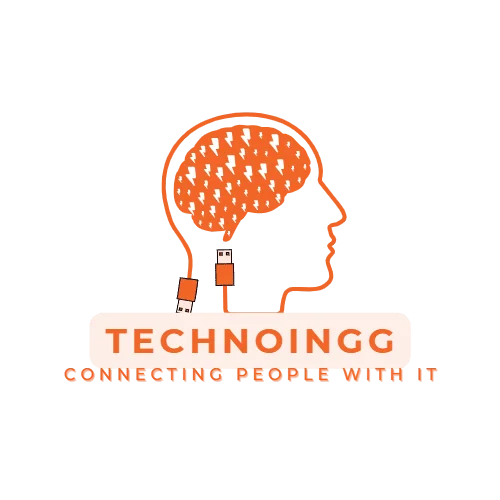While LLMs, or large language models, have been the focus of AI for quite some time now, LAMs, or large action models, are about to go mainstream, opening up new possibilities for what AI can do.

Unlike large language models (LLMs) such as ChatGPT, which are trained on vast amounts of content, LAMs focus on demonstrations and actions to understand and predict user requests. This enables them to issue ‘function calls’ to perform specific tasks, offering a more efficient user experience.
Microsoft and Salesforce are actively investing in LAMs to enhance their capabilities in predicting and executing actions in various scenarios, from playing video games to operating systems. According to experts, these advancements represent the next phase of AI development.
The upcoming launch of Rabbit’s R1, the first device powered by Large Action Models (LAMs), alongside investments from tech giants like Microsoft and Salesforce, may revolutionize the industry and drive significant business growth, experts suggest.
However, integrating AI into consumer decision-making processes may introduce additional business complexities.
Rabbit’s R1, a pocket-sized device developed by Los Angeles-based startup Rabbit, has garnered attention for its unique operating system and AI capabilities.
Priced at $199, the device promises an intuitive experience without the need for traditional apps, leveraging the power of AI. With over 50,000 units pre-ordered since its January launch, Rabbit’s R1 is set to ship within the week.
Backed by Khosla Ventures, Rabbit’s innovative approach has drawn comparisons to the groundbreaking launch of the iPhone by Steve Jobs, with Microsoft CEO Satya Nadella expressing admiration for its potential to reduce cognitive load on users.
Rabbit’s R1, trained on human interactions with popular apps like Spotify and Uber, utilizes neuro-symbolic programming to understand and execute tasks across different applications. With support for voice commands and a range of functions, including messaging, calling, and booking services, the device aims to simplify users’ daily tasks.
While LAMs hold great promise for the consumer banking, travel, and healthcare management industries, challenges remain in defining clear use cases and addressing ethical concerns. The rapid development of LAM technology underscores the need for ongoing innovation and regulatory oversight to ensure its responsible deployment and mitigate potential risks.









